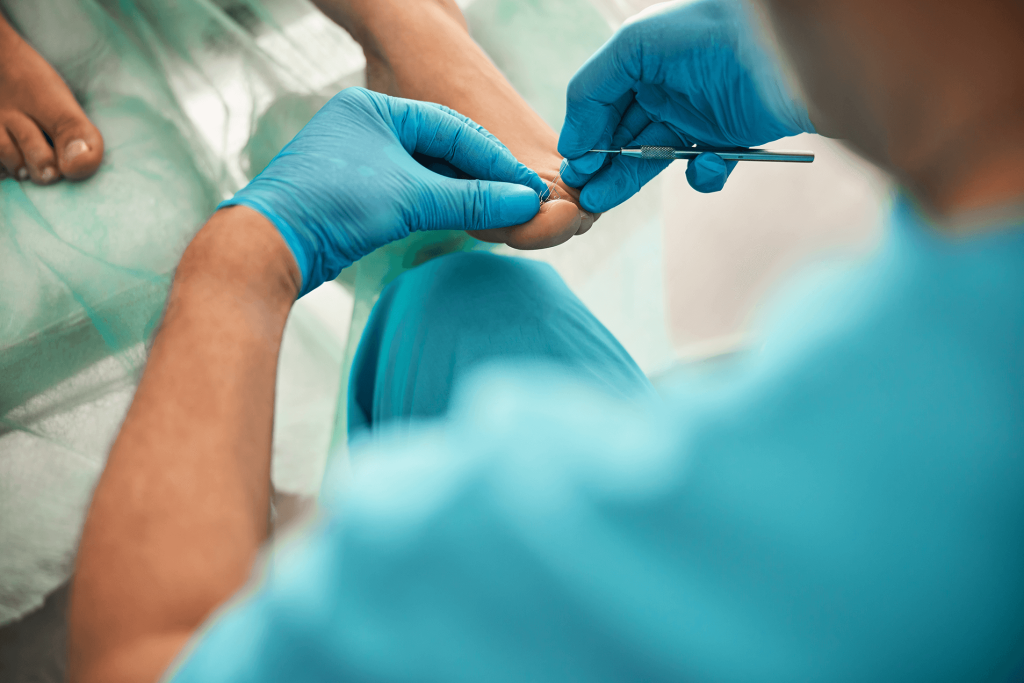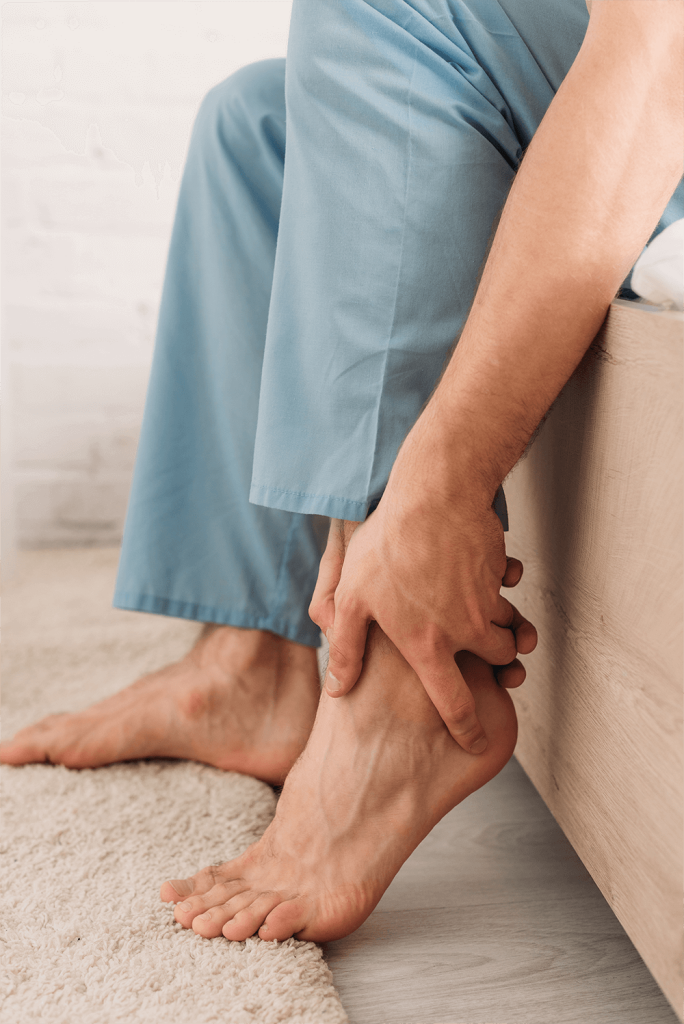What is an ingrown toenail? And how to treat it?
An ingrown toenail is a common foot condition that affects two out of every ten individuals who see a podiatrist. It can be painful and make standing or walking difficult. However, therapy is simple, and it is preventable. Causes of an ingrown toenail An ingrown toenail can have many causes: A bruised toe Congenital (shape of your foot). Repeated pressure on the toenails as a result of playing some sports or having a fungal infection or psoriasis. Thick or curved toenails. Trimming of the nails incorrectly, such as cutting the nail too short at the corners. The big toe is the most often affected, and an ingrown toenail occurs when the toenail grows in a curved path toward the skin as a result of cutting toenails at the wrong angle. It can affect anyone, but patients who are suffering from the following diseases are more susceptible: Severe nerve damage in your foot. Poor blood circulation. Infection around the nail. Symptoms of a nail infection An ingrown toenail can cause your toe to become red, painful, and swollen, but bacteria can enter if the toenail grows into the skin or if the skin grows over the edge of the nail! Furthermore, the nail may become infected. Symptoms of an ingrown toenail infection include: Fluid or pus drains from the toe. Redness or darkening of the area. Feeling of warmth or warmth in the toe. Ingrown toenail home treatment Soaking the feet in warm water 3 to 4 times a day, which helps soften the skin around the toe and prevents nail growth in it. Keep your feet dry. Wear wide, comfortable shoes and avoid narrow and pointed shoes. To relieve pain, use paracetamol or ibuprofen. Do not trim your toenails and let them grow. When do you consult a podiatrist? First, do not try to cut the ingrown nail yourself, because it may get worse, seek the podiatrist for help. While an ingrown toenail can be treated at home, you should see a podiatrist at Health and Style Health Center if: The condition did not improve after following the mentioned home remedies. Your toe is very painful, swollen, and oozing with pus. You have a high temperature or feel hot or shivering. You have diabetes, which makes foot issues more serious. Do you need to have surgery? In most situations, an ingrown toenail does not require surgery, but in severe cases, a podiatrist may need to surgically remove part of the nail. He will inject an anesthetic into your toe. It may take several months for the nail to regrow. After surgery, the patient will be able to resume regular activities within two days. However, you should ask your doctor about when you may resume sports like running. Prevention Fortunately, the following steps can help prevent an ingrown toenail Soak the nail in warm water before cutting it or cut it after taking a bath. Clean the nail clipper before using it. Wear appropriate shoes that provide enough room at the toes. Avoid injuring the sides of the nails. If you have diabetes, take care of your feet. Keep your feet clean and dry. Remember that even if your feet and nails are in a healthy condition, you will need to visit a podiatrist at Health and Style Health Center to trim your nails and remove calluses professionally. It is also recommended for those who have difficulty taking care of their feet and nails, for example, as a result of difficulty reaching their feet due to problems in their feet. their joints.
What is an ingrown toenail? And how to treat it? Read More »





